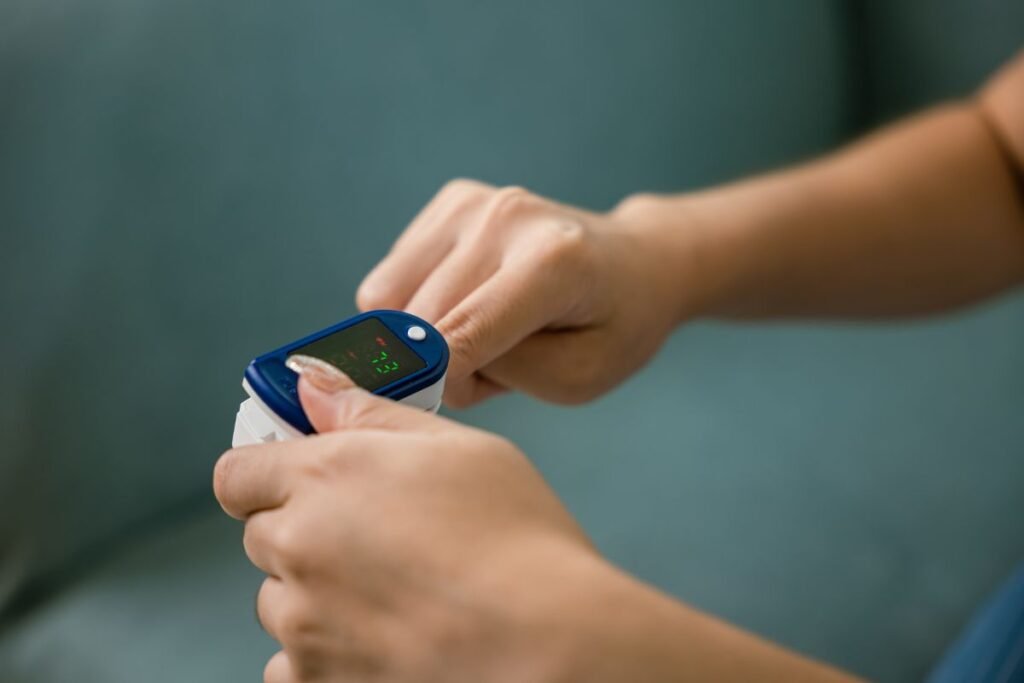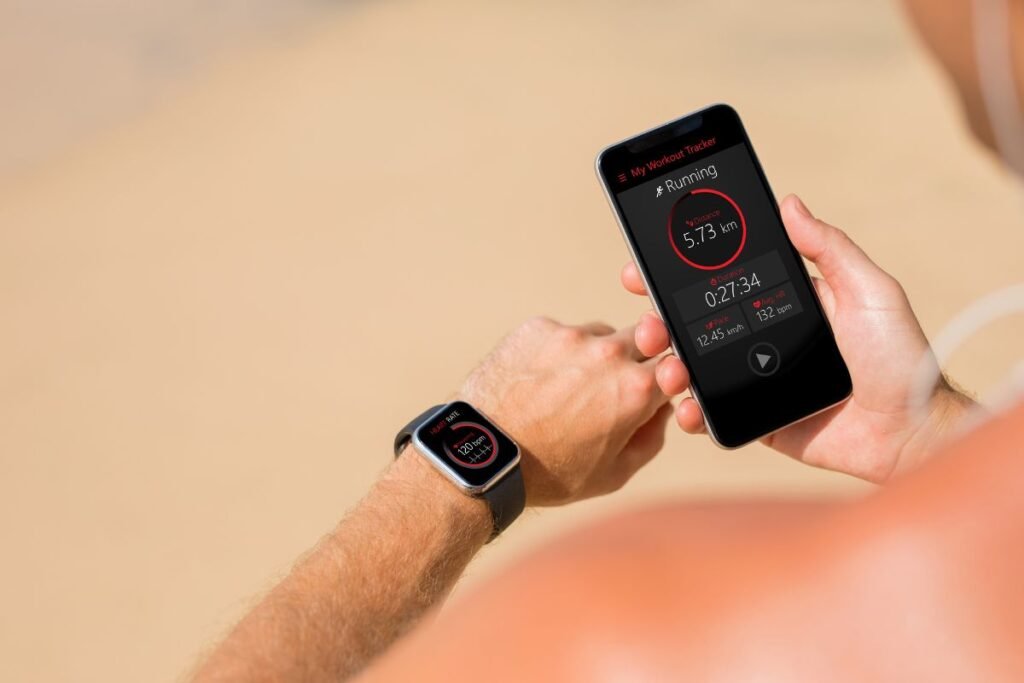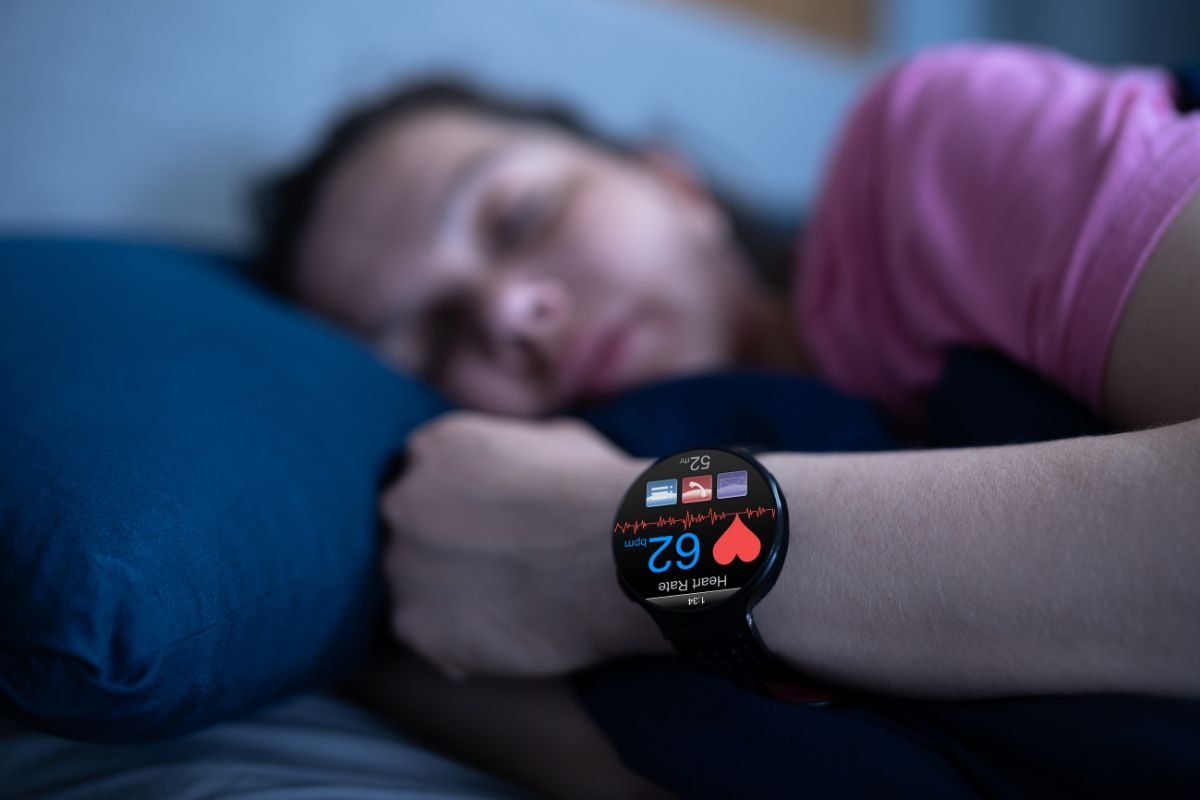In quick succession, the technological revolution is transforming medical practice. The wearables market has no doubt been the most visible and prominent innovation to surface in medicine in the last decade or so. Wearable devices provide patients with real-time health data permitting preventive monitoring and thereby paving the way for early injury detection. Ranging from fitness trackers to advanced health biosensors, wearable health monitors are dawning into a new age of personalized whole health management.
The Evolution period of wearable health monitors
Wearable health monitors have come a long way since the introduction of the first stepping monitor and heart rate monitor. These days, these technologies have been providing additional features, including artificial intelligence, machine learning, and cloud connectivity. This combination allows users to measure various vital signs, such as heart rate, oxygen levels, sleep patterns, and even stress levels. Increased user-friendliness of Wearable Biosensor has contributed to their rapid ascent; with these devices, patients are able to monitor their health continuously from any point in time or location without needing to engage in invasive medical procedures. This means that patients can transmit information back to doctors to help make vital decisions regarding their care.
Key Features of Wearable Health Monitors
1. Heart Rate Monitoring
Modern Wearable Biosensor have optical sensors that continuously track heart rate throughout the day. This feature is particularly beneficial for athletes and individuals with cardiovascular conditions, allowing them to detect irregularities and maintain optimal heart health.
2. Blood Oxygen Monitoring (SpO2)

3. Sleep Tracking
Good quality sleep is essential for overall health, and Wearable Biosensor now offer detailed sleep tracking. They analyze sleep stages, duration, and disturbances, helping users understand their sleep patterns and make lifestyle changes to improve rest.
4. ECG and Blood Pressure Monitoring
Advanced models include electrocardiogram (ECG) and blood pressure tracking, providing valuable insights into heart health. Some FDA-approved devices can detect atrial fibrillation (AFib), a serious heart condition that requires medical attention.
5. Stress and Activity Tracking
Wearable Biosensor also measure stress levels through heart rate variability (HRV) and activity tracking. This data helps users manage stress through guided breathing exercises and lifestyle modifications.
Also Read: How to Avoid Burnout & Recharge: Practical Tips for a Balanced Life
Benefits of Wearable Biosensor
1. Preventive Healthcare
One of the greatest advantages of Wearable Biosensor is their role in preventive healthcare. By tracking vital health parameters, individuals can detect anomalies early and seek medical advice before conditions worsen.
2. Chronic Disease Management
For patients with chronic conditions like diabetes or hypertension, Wearable Biosensor offer continuous tracking and alerts for critical health metrics. This real-time data allows for better disease management and reduces emergency hospital visits.
3. Fitness and Well-Being

4. Remote Health Monitoring
Healthcare providers and caregivers benefit from remote health monitoring, especially for elderly patients. Wearable Biosensor transmit real-time data to medical professionals, enabling timely intervention when necessary.
Also Read: Top Non-Toxic Coffee Makers for a Healthier Brew
Challenges and Limitations
Despite their numerous benefits, Wearable Biosensor also face some challenges:
- Data Accuracy: While improving, some devices still struggle with providing consistently accurate readings, particularly for ECG and blood pressure measurements.
- Privacy Concerns: As these devices collect sensitive health data, privacy and security issues must be addressed to prevent data breaches.
- Battery Life: Many devices require frequent charging, which may be inconvenient for users who rely on continuous health tracking.
- Cost: High-end Wearable Biosensor can be expensive, making them less accessible to certain populations.
Also Read: Meal Replacement Shakes for Busy Days and Nutritional Needs
The Future of Wearable Health Monitors

Likewise, it provides a backbone for telemedicine in remote patient monitoring, thereby reducing the burden on healthcare systems and improving outcomes. The integration of 5G technology has the potential to ramp up data transfer rates for real-time monitoring.
Running alongside these, health monitors may soon offer longer battery life and other self-sustaining power sources such as kinetic energy charging. This simply makes long-term wearability very convenient. As health monitoring technology becomes more widely available in response to consumer demand, it will undoubtedly become more affordable and therefore within reach of more people. As the approvals from requisite authorities grow and corporate investment in R&D increases, they are most likely to become essential pieces of equipment in mainstream healthcare. The eventual integration with EHRs would only cement their place in clinical decision-making and personalized medicine.
Conclusion
From the beginning, wearable health monitors have redefined personal healthcare to ensure that self-recognition of health status is based on user engagement, giving convenient ease of control over one’s own health. With technological advancements, they are likely to become even more powerful, allowing people to maneuver into lives that include proactive management of disease. Whether for the athlete, the patient with chronic ailments, or any other being close to health, Wearable Biosensor have certainly made a groundbreaking transition in modern health. It goes without saying that we can expect never-ending excitement as technology and health collide in the future.
